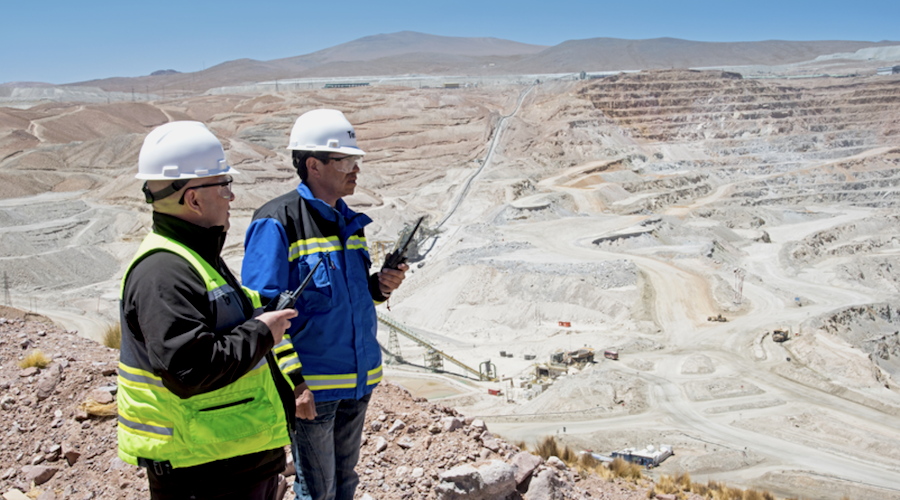How can you use data analytics in mining?
Data analytics is taking the world by storm. Businesses all around the world are undergoing major changes, caused mainly by the insights derived from data, and growing their revenues and increasing efficiencies.
While the mining industry is not new to the world of numbers, miners are yet to tap into the complete potential of numbers. Having said that, the extent of their use has grown significantly over the last few years.
The mining industry is responsible for billions of revenue, employment opportunities, innovation and community development. For an industry that is deeply rooted in people’s lives, data analytics should not be a pipe dream. In fact, it is a necessity that can no longer be ignored. The amount of data collected daily at mines in mining operations is staggering, but operators, managers, and corporate executives have been unable to consolidate them and make the most of the information due to lack of powerful tools.
To top it, executives are under constant pressure to meet the bottom line goals as companies grapple with escalating costs of energy, an increasing scarcity of higher grade ores, falling commodity prices, and smaller margins of profit. More than ever, the industry needs to make most of the collected data now.
What can data analytics do?
Data analytics can help companies increase their dividends and decrease their costs of operations.
It is understood that the whole process of mining is extremely complicated and involves a large number and variety of equipment, technology, and sciences. To top that, miners need to ensure safety of their employees alongside strict regulations. Data analytics can be utilised for each of these parts (or factors) to improve processes, cut operations costs, and cut losses.
Using Data Analytics
Using data, intelligent systems can predict when an equipment or machinery could fail. In fact, IBM can predict, with real-time analytics derived from a whole bunch of operational data, when a piece of equipment or machinery could fail.
Data analytics can be used in practically every stage of the mining process – from extracting the ore and processing, to separating and concentrating all that is usable. As of now, logistics seems to be the most inefficient part of the mining process. Most of the transportation happens by rail, and a lot of deficiencies reported by companies revolve around the automated process of loading railway cars. With data analytics, it will be possible to point out the inefficiencies and business leaders will be able to make informed decisions for improvement.
Data analytics can also be used to ensure the safety of miners. Automated ground control systems, installed by many mining companies across the globe, are primarily used underground or for pit mining. These systems capture data from the vibrations in the ground and can determine whether the mine is strong enough. Whenever miners face real danger (like a ground slide or a tunnel collapse), the monitoring system can send out warning signals for miners to evacuate to safety. Data generated by this ground monitoring system can be used to create safer and cost effective procedures for drilling and blasting.
Challenges
While the scope of data analytics in mining looks promising, the industry is facing a few challenges.
It is rather difficult to figure out which data should be collected and analysed. Rummaging through the vast amounts of data collected along the mining chain and identifying and selecting the appropriate data to help make informed decisions to positively affect the bottom line is the biggest challenge.
Another challenge is consolidating data across different systems, platforms and vendors, for it makes it difficult to create a cohesive data system approach.
The mining industry has only scratched the surface of what data analytics have to offer. With technology companies understanding the growing need, they are offering solutions to help companies make the most of the huge piles of data collected. With data analytics promising lower costs, better safety procedures, increased efficiency and productivity, every company will make the most of it soon.
By rapidBizApps.
{{ commodity.name }}
{{ post.title }}
{{ post.date }}

Comments